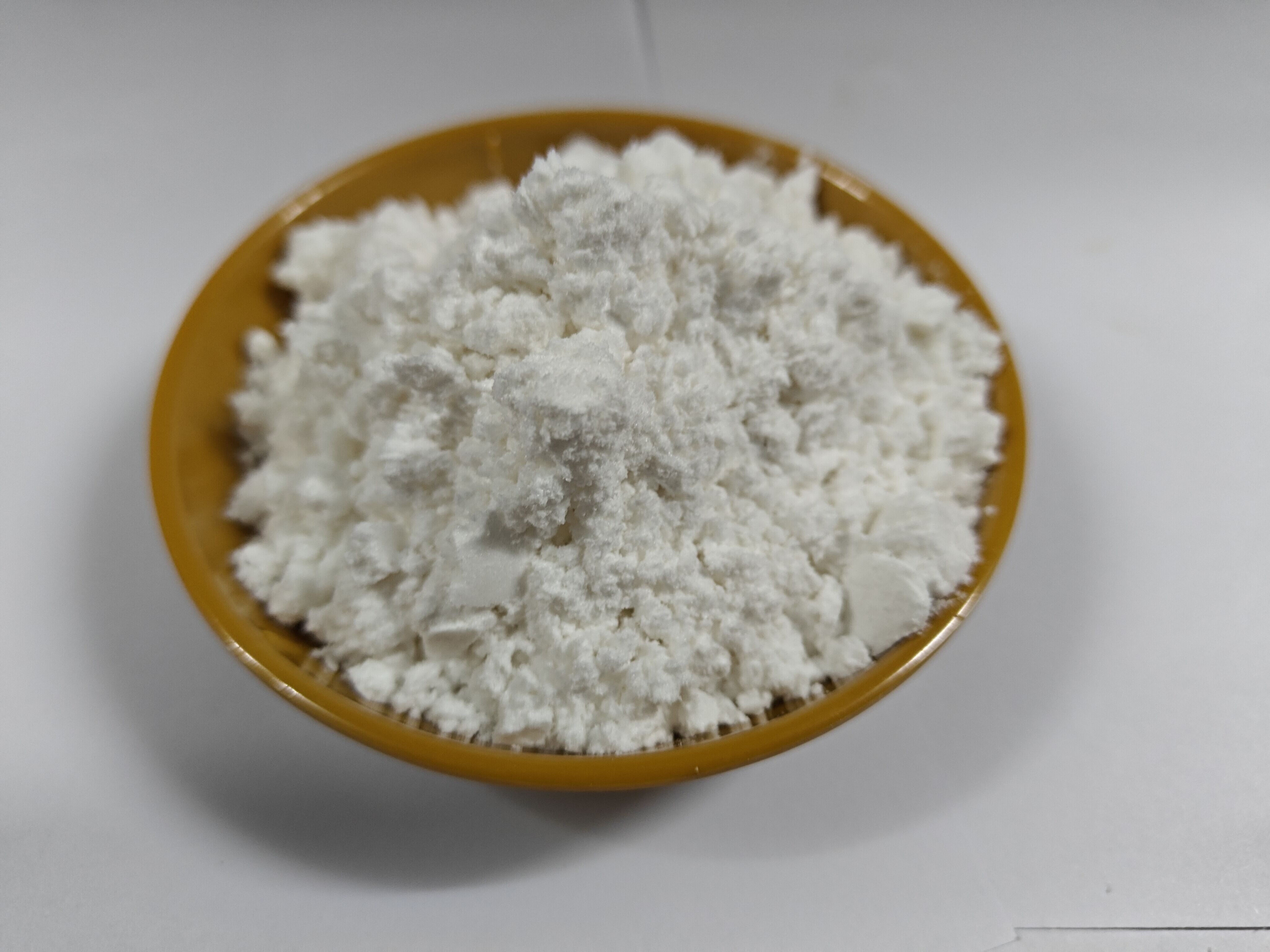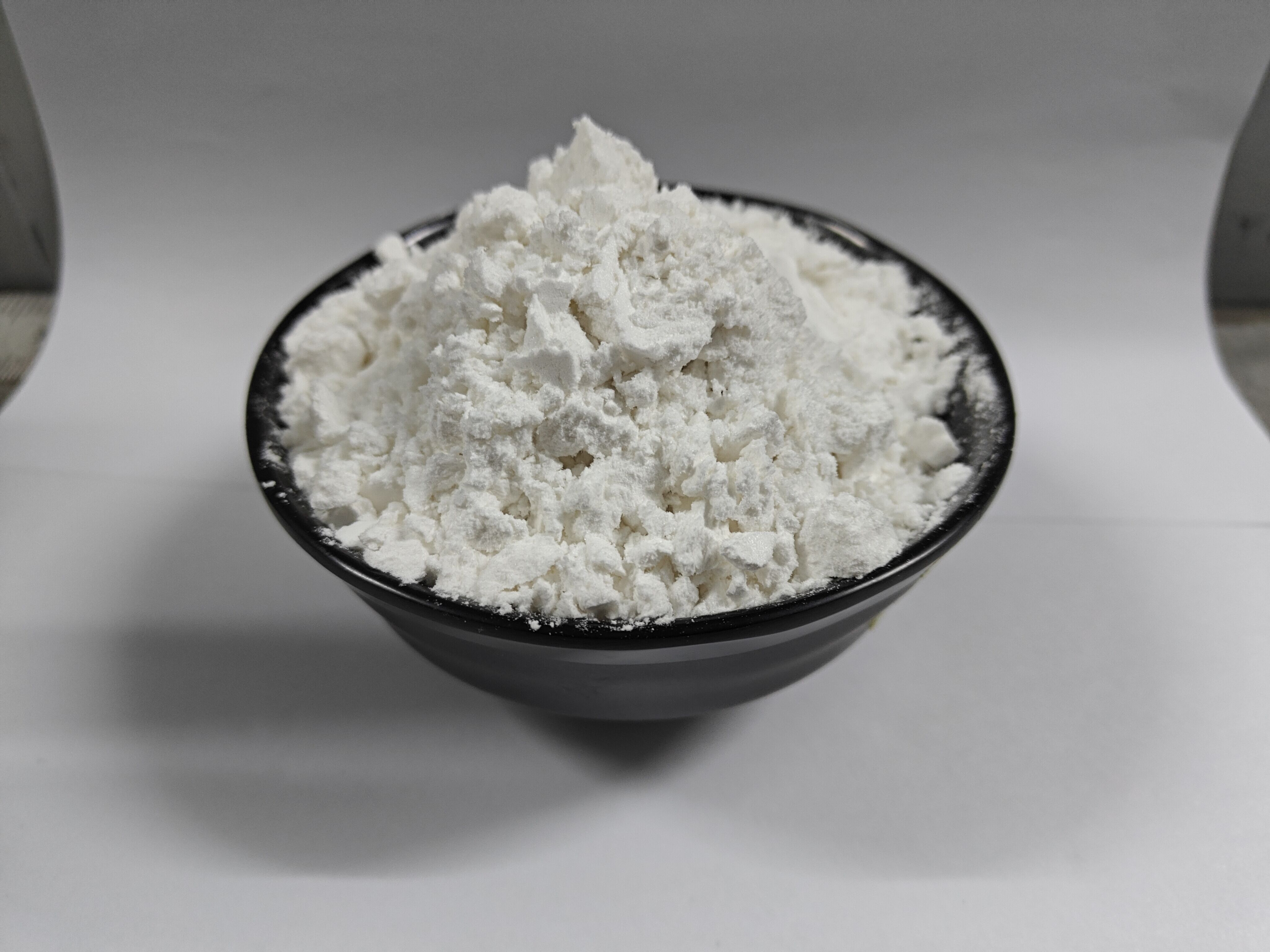Elevating Peptide Synthesis With Modern Chemical Solutions
Peptide synthesis has advanced significantly over the past few decades, thanks to innovations in chemical reagents and synthetic methods. In both academic and industrial laboratories, the search for more efficient, cleaner, and scalable solutions continues to push the boundaries of what is possible. Among the most promising tools to emerge are CDI coupling reagents, which are transforming how chemists approach amide bond formation, especially in peptide assembly. Offering streamlined workflows, minimal by-products, and broad substrate compatibility, CDI coupling reagents have earned a prominent place in modern synthetic chemistry and continue to prove their value in increasingly complex peptide synthesis tasks.
Enhanced Efficiency in Peptide Bond Formation
Fast and Selective Amidation Processes
CDI coupling reagents are especially effective at forming amide bonds, the backbone of peptide structures. Their mechanism involves the activation of carboxylic acids to form reactive intermediates that smoothly couple with amines, resulting in high-yielding peptide bonds. This efficient chemistry reduces reaction times and enhances selectivity, even in the presence of other functional groups. The speed of the reaction is particularly beneficial for high-throughput environments or solid-phase peptide synthesis (SPPS) platforms, where repetitive cycles of coupling and deprotection are required. By choosing CDI coupling reagents, researchers can significantly streamline peptide assembly without compromising the integrity of the growing peptide chain.
Reduced Formation of Unwanted By-Products
One of the key advantages of CDI coupling reagents is the clean profile of their reaction by-products. Unlike traditional agents like DCC, which produce insoluble urea residues, CDI coupling reagents primarily generate imidazole and carbon dioxide. These are either gaseous or water-soluble, making them easy to remove from the reaction mixture. This benefit not only simplifies purification steps but also minimizes interference with downstream analytical techniques such as HPLC or mass spectrometry. The result is a more efficient synthesis process that yields purer peptides with fewer complications.

Safety and Environmental Responsibility
Lower Hazard Potential in Laboratory Settings
Safety is always a priority in chemical synthesis, especially when handling potentially hazardous reagents. CDI coupling reagents are generally considered less toxic and more stable compared to many traditional peptide coupling agents. Their lower volatility and relatively benign by-products reduce the risks associated with inhalation or accidental exposure. For laboratories operating under strict safety protocols, the use of CDI coupling reagents aligns well with regulatory compliance and improves the overall working environment.
Green Chemistry Aligned With Industry Trends
As environmental concerns grow within the chemical industry, there is a concerted push toward more sustainable practices. CDI coupling reagents support green chemistry principles by minimizing waste, avoiding halogenated solvents, and producing non-toxic side products. These advantages reduce the burden on waste management systems and contribute to more eco-friendly production cycles. Additionally, their compatibility with a wide range of solvents, including DMF and acetonitrile, allows researchers to avoid using harsh or environmentally damaging alternatives.
Broad Compatibility With Diverse Amino Acids
Tolerance Toward Side Chains and Functional Groups
Peptide synthesis often involves amino acids with reactive or delicate side chains that can interfere with traditional coupling agents. CDI coupling reagents exhibit high functional group tolerance, allowing them to be used effectively even with unprotected or partially protected amino acids. This makes them particularly useful in the synthesis of complex peptides or peptidomimetics, where chemical orthogonality is crucial. The ability to handle various side-chain functionalities without compromising reaction efficiency gives CDI coupling reagents a significant advantage in advanced peptide development.
Effective in Solid-Phase and Solution-Phase Syntheses
Whether used in solid-phase peptide synthesis (SPPS) or solution-phase reactions, CDI coupling reagents maintain high reactivity and reliability. Their compatibility with polystyrene-based resins and various linker types makes them ideal for automated peptide synthesis protocols. At the same time, their performance in solution-phase allows for greater flexibility in non-standard or research-specific workflows. Unlike some traditional reagents that are optimized only for one method, CDI coupling reagents offer the consistency and adaptability needed across platforms.
Practical Benefits for Peptide Research and Manufacturing
Simplified Purification and Analytical Verification
In peptide synthesis, purification can often be the most labor-intensive part of the process. The cleaner reaction profile associated with CDI coupling reagents minimizes contamination and simplifies purification through basic washing or precipitation techniques. This can significantly reduce reliance on costly chromatography methods. Moreover, the reduced presence of interfering by-products ensures that analytical methods such as NMR or LC-MS yield clearer, more interpretable data, which is vital for confirming peptide identity and purity.
Cost Savings Through Increased Yields and Stability
Peptide synthesis is resource-intensive, and any improvement in yield or reduction in reagent loss directly impacts cost-efficiency. CDI coupling reagents often operate effectively at near-stoichiometric quantities, limiting the need for excess reagents. They also show excellent shelf stability under dry, cool conditions, which reduces waste from degradation or repeated ordering. Over time, these benefits compound into meaningful cost savings, particularly in large-scale or repetitive syntheses, such as those seen in pharmaceutical development or custom peptide production.
Enabling Future Innovations in Peptide Design
Supporting Complex Peptide Architectures
Modern therapeutic and diagnostic applications frequently require peptides with modified backbones, cyclic structures, or unnatural amino acid residues. CDI coupling reagents enable such complexity by offering high coupling efficiency and flexibility in reaction conditions. Their reliable performance helps chemists tackle challenging peptide designs with confidence, from stapled peptides to conjugated systems. This capability is essential for cutting-edge drug discovery and next-generation biomaterials.
Ideal for Automated and High-Throughput Systems
As peptide synthesis becomes increasingly automated, reagent reliability and process integration become paramount. CDI coupling reagents are well-suited for use in automated peptide synthesizers, thanks to their solubility, low by-product formation, and stability. They reduce the risk of clogging or fouling automated systems, which is a common issue with agents that produce insoluble residues. This makes them a practical choice for both small labs and industrial production lines that rely on uninterrupted, high-throughput synthesis.
FAQ
Why are CDI coupling reagents recommended for peptide synthesis?
CDI coupling reagents offer high efficiency, low toxicity, and minimal by-products, making them ideal for forming clean peptide bonds. Their compatibility with a wide range of amino acids and synthesis platforms further enhances their suitability for peptide production.
Can CDI coupling reagents be used in both solid-phase and solution-phase synthesis?
Yes, CDI coupling reagents are effective in both synthesis modes. Their adaptability ensures consistent results across different peptide assembly methods, making them versatile tools in any peptide chemistry workflow.
Are CDI coupling reagents safer than traditional peptide coupling agents?
In general, CDI coupling reagents are less hazardous and produce fewer toxic by-products than traditional reagents like DCC or acid chlorides. This improves lab safety and aligns with green chemistry practices.
How should CDI coupling reagents be stored for long-term use?
To maintain their reactivity, CDI coupling reagents should be stored in airtight containers under dry and cool conditions, away from moisture and light. Proper storage extends their shelf life and ensures consistent performance.

